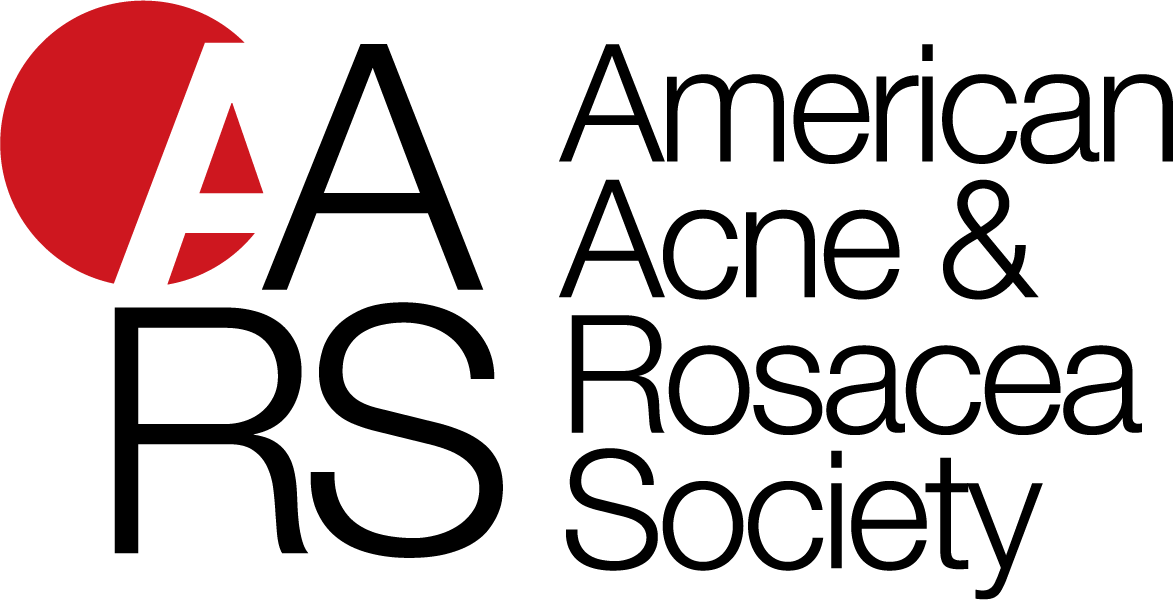Ashaki Patel, MD
Medical College of Wisconsin
Wauwatosa, WI
2020 Clinical Research Grant Recipient
Isotretinoin Use for Acne in Obese and Overweight Adolescents: A Retrospective Study
Abstract
Oral isotretinoin is frequently prescribed for adolescents with acne at a dose of 0.5-1mg/kg/day to reach a certain cumulative dose. Most providers do not exceed a daily dose of 80mg due to increased risk of side effects. However, there are many adolescent patients who weigh greater than 80kg, and thus may not reach the maximum daily dose, thus prolonging the treatment time. The purpose of this study is to compare isotretinoin treatment courses for acne in obese and overweight adolescents to their normal weight peers. We also seek to evaluate the efficacy and safety of current treatment strategies in obese and overweight adolescents and hope to identify any unique features associated with treatment course in obese and overweight adolescents as compared to their normal weight peers. A retrospective chart review was conducted on 202 obese and overweight patients who completed at least two months of isotretinoin treatment between ages 10-19, from 11/2012-1/2020. The differences in cumulative dose reached, adverse effects and incidence of acne relapse were evaluated and compared to that of their normal weight peers. There was a significant difference in the median total cumulative dose taken by the three groups: 145.3 mg/kg for normal weight patients, 134.0 mg/kg for overweight patients, and 128.5 mg/kg for obese patients (p<0.05). There was also a significant difference in presence of headaches between the groups: 44 normal weight patients, 18 overweight patients, and 12 obese patients (p<0.05). Despite achieving a lower cumulative dose, there was no significant difference in acne relapse, time to acne clearance, or incidence of complications for overweight and obese patients compared to their normal weight peers. Thus, it appears current treatment strategies are appropriate for overweight/obese adolescents. Data collection in a larger cohort has been completed and is currently being analyzed. If results indicate that dosing guidelines may be inadequate then prospective studies will be pursued.


